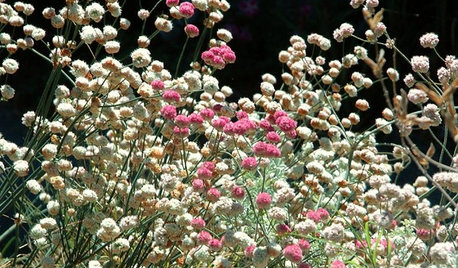caterpillars..will they kill the plants?
tpsychnurse
18 years ago
Featured Answer
Sort by:Oldest
Comments (14)
turtledon
18 years agobutterfly15_ca
18 years agoRelated Professionals
Richmond Heights Landscape Architects & Landscape Designers · Wareham Landscape Architects & Landscape Designers · Billerica Landscape Contractors · Ashburn Landscape Contractors · Bloomington Landscape Contractors · Corona Landscape Contractors · Indio Landscape Contractors · Oak Forest Landscape Contractors · Tinton Falls Landscape Contractors · Northlake Landscape Contractors · Lakeland Driveway Installation & Maintenance · Aurora General Contractors · Fort Pierce General Contractors · Jeffersonville General Contractors · Signal Hill General Contractorspassionflow
18 years agotdogmom
18 years agopassionflow
18 years agotdogmom
18 years agoonafixedincome
18 years agopassionworks
14 years agoeristal
14 years agocross127isannoyed_yahoo_com
12 years agoeristal
12 years agotim45z10
8 years agoLCOP
8 years ago
Related Stories

MOST POPULARThe Perfect Houseplant for People Who Kill Houseplants
If you can fill a jar with water, you can keep golden pothos vine happy — and it will pay you back with cleaner air and a greener home
Full Story
HOUSEPLANTS8 Houseplants You Can't Kill
They're forgiving and let you forget. Houseplants don't get any easier than this
Full Story
COLORWhen Color Could Kill: Stories From the History of Paint
Delve into paint's storied past — what you learn about its history and modern incarnations may surprise you
Full Story
GARDENING GUIDESGreat Design Plant: Asclepias Incarnata for a Butterfly Garden
Beautiful swamp milkweed makes it easy to help monarchs and other pollinators in eastern U.S. gardens
Full Story
GARDENING GUIDESGreat Design Plant: Butterfly Milkweed, a Beacon in the Prairie
Vivacious orange flowers for you, nectar for the butterflies and bees. Asclepias tuberosa is worth planting for more reasons than one
Full Story
FLOWERS AND PLANTSHelp Monarchs and Other Butterflies by Planting Common Milkweed
Summer-blooming Asclepias syriaca is an important larval host plant for the monarch butterfly and attracts a number of pollinating insects
Full Story
GARDENING GUIDESGreat Design Plant: Eriogonum Nudum, a Summer Oasis for Pollinators
Naked buckwheat is a bee and butterfly magnet with an easy nature, a tough constitution and profuse pom-pom flowers in summer
Full Story
GARDENING GUIDES6 Plants That Beat Butterfly Bush for the Wildlife Draw
It's invasive, a nonnative and a poor insect magnet. Check out these better alternatives to butterfly bush in the garden
Full Story
CALIFORNIA NATIVE PLANTSGreat Design Plant: Asclepias Is Attractive to Monarch Butterflies
Increase monarch butterfly populations in California by planting stunning native milkweeds
Full Story
GARDENING GUIDESGreat Design Plant: Milkweed
Quit cringing. This not-weed plant is a sight to behold in the garden, has a delicious vanilla scent and is a magnet for butterflies
Full StorySponsored






four (9B near 9A)